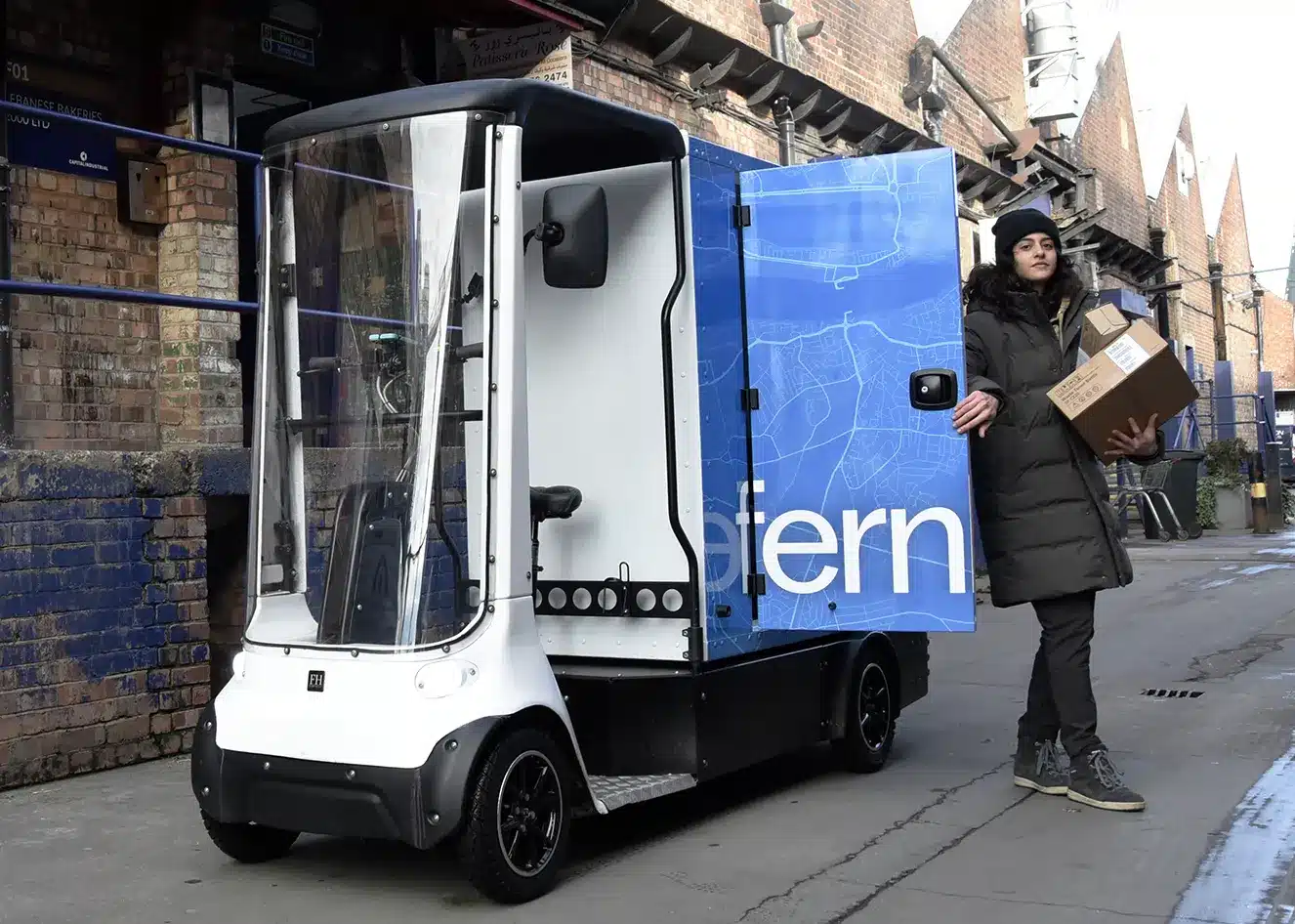Electric cargo bikes, a significant innovation by manufacturers like Fernhay, have revolutionized the cycling market. This in-depth guide delves into the transformative world of electric cargo bikes, offering a comprehensive overview of their design, utility, and advantages.
The global push towards green solutions and sustainable transportation modes has paved the way for electric vehicles. However, amidst the rise of electric cars, a subtler yet equally impactful revolution is taking place: the emergence of electric cargo bikes.
Understanding Electric Cargo Bikes
The cycling industry has evolved rapidly, with electric bikes spanning various styles. But, a standout in this evolution is the electric cargo bike. Given the inherent weight of cargo bikes and their purpose of carrying additional loads, the electric motor becomes a boon. It extends the bike’s usability and enhances comfort across diverse rider profiles and tasks.
Electric cargo bikes integrate two primary components: a traditional cargo bike structure and an electric propulsion system. The former is characterized by its elongated wheelbase, allowing for a substantial load-carrying capacity. The latter, powered by a battery, provides the necessary assistance to the rider, especially when carrying heavy cargo.
Defining the Electric Cargo Bike
Fundamentally, a cargo bike is crafted for load-bearing. It flaunts a longer wheelbase than its standard counterpart, ensuring stability. Instead of the typical bolt-on pannier rack, these bikes come with built-in, often non-removable, load-carrying sections. The game-changer, however, is the addition of an electric motor and battery. This setup offers an extra power boost up to certain speeds regulated by electric bike laws.
Electric Cargo Bike Utility
Electric cargo bikes, such as those innovated by Fernhay, are exceptionally versatile. Their primary function is transporting items too bulky or heavy for standard bicycles. With the surge in urban delivery demand, these bikes present an eco-friendly, cost-effective, and swift alternative to traditional vehicles, particularly in congested urban settings.
Comparing Electric and Non-Assisted Cargo Bikes
While electric assistance significantly simplifies transporting heavy loads over long distances, it adds weight to the bike. The motor and battery contribute extra kilograms, with typical electric cargo bikes, like those from Fernhay, weighing around 35kg or more. Despite this, the weight is a small compromise for the convenience they offer, especially in urban areas with frequent stops or hilly terrains.
Design Features
Electric cargo bikes, like Fernhay’s eQuad, often possess an extended wheelbase than a traditional bike, allowing for a spacious cargo section. Electric cargo bikes, like those produced by Fernhay, are a testament to cycling innovation. They represent not just an alternative transport mode but a shift towards sustainable, efficient, and versatile urban mobility.
The Road Ahead
The rise of electric cargo bikes is not a fleeting trend. As urban areas become more congested and the global community pushes towards sustainable solutions, these bikes are set to become a common sight on city streets. Their potential to reduce carbon footprints, ease traffic congestion, and promote a healthier lifestyle makes them more than just a mode of transport; they represent a brighter, greener future.
Fernhay stands as a global frontrunner in the production of electric cargo bikes. With a keen understanding of sustainable urban mobility and innovative design principles, we have established ourselves as a benchmark in the industry, offering cutting-edge electric cargo bikes that epitomize both functionality and style. With a commitment to excellence and eco-friendly solutions positions, Fernhay is at the forefront of transforming urban transportation.

